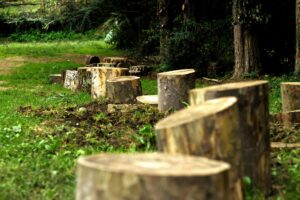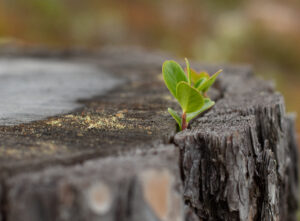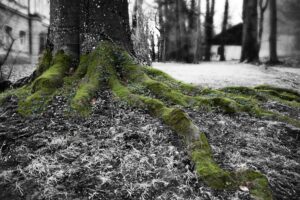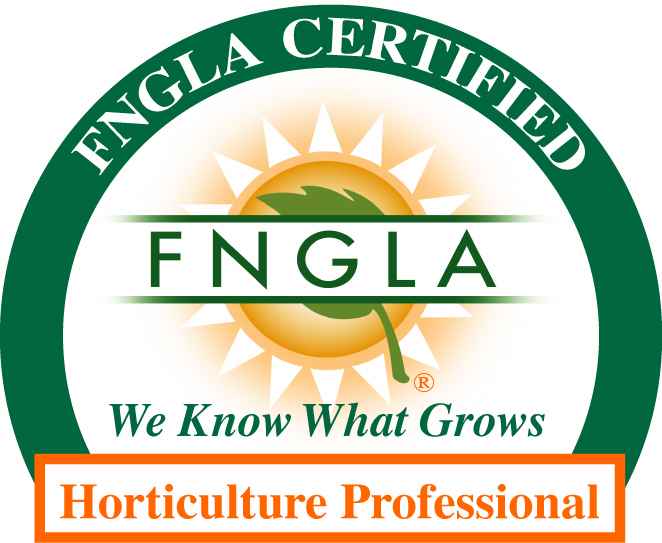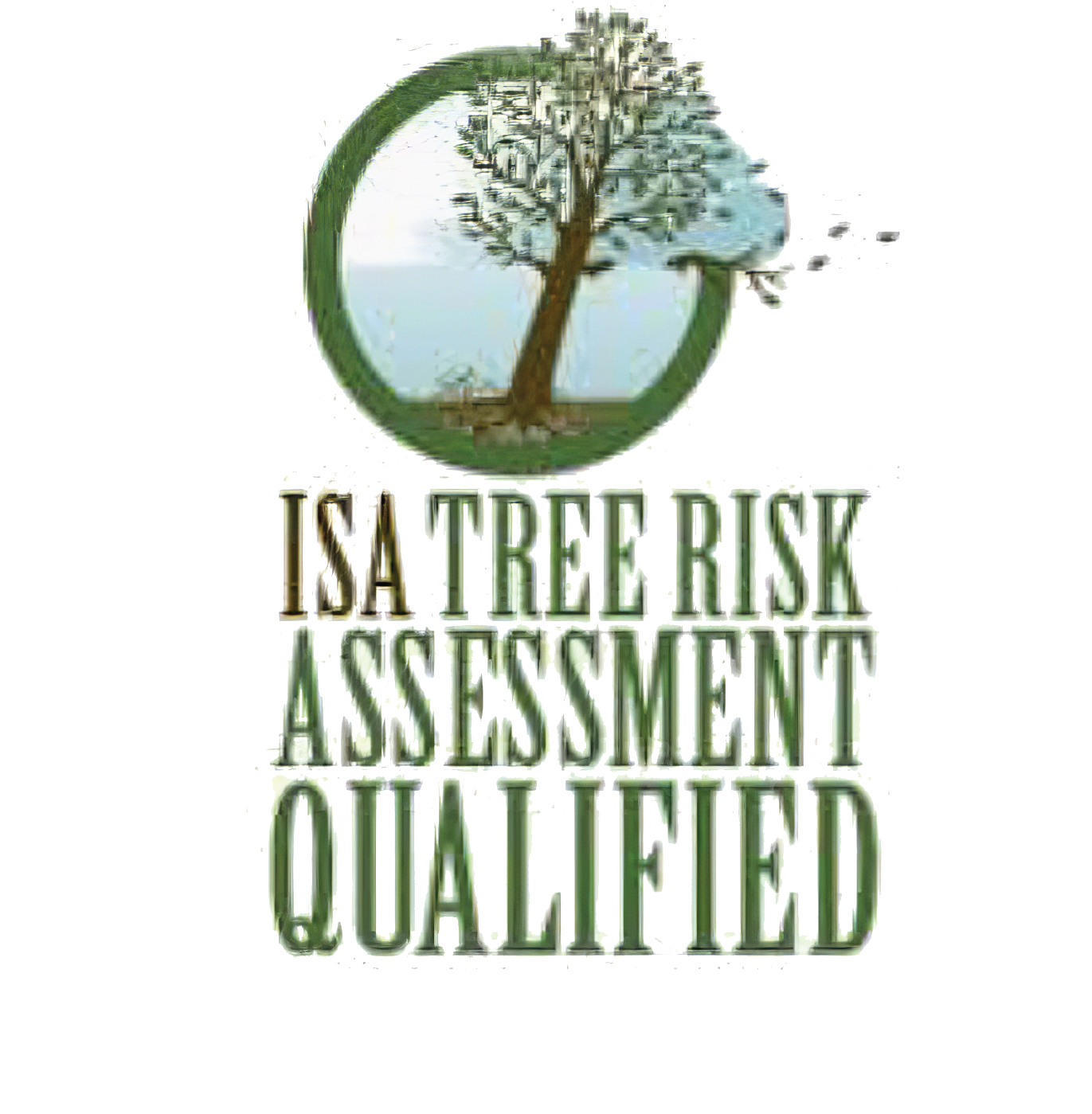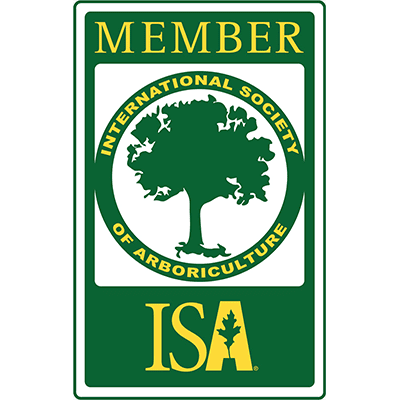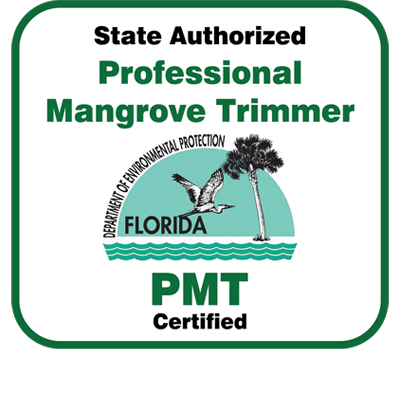If you recently had a stump removed or you intend to do so soon, in any case, your thoughts might be on the final appearance of the property. After all, a just-removed stump can initially be unappealing. However, looks are not the only factor at play. When you grind down and remove a stump, there are a lot of factors to consider, and you must properly plan before you can begin re-planting healthy trees in your yard. After removing the stump removal debris, homeowners can still experience difficulties establishing grass or other plants in the area. We at Stumps123 hope you can refer to this useful guide to save further headaches and work in the future. This article will share our expert tips for maintaining healthy trees after stump removal.
Recognize The Surroundings
The remaining soil in your garden or yard will differ from the surrounding area if a tree or stump is removed. This will impact the quality of any new growth. Be careful with re-planting if you are planning to use the exact same spot as the previous tree has changed the soil and most likely removed many essential nutrients that a young tree will need to stay healthy and survive.
You may want to think twice before planting in the exact same spot if the prior stump and roots were removed using pesticides or salt. This could have a long-term negative impact on the soil, making it practically impossible for any new plants to thrive here.
In the event that you decide to plant in that location after the stump removal is complete, the prior tree’s roots can potentially cause congestion. Whether the former tree was ill at all is another factor to take into account. If this is the case, remember that the pathogens may still be present in the soil when planting different species of trees.
Time Is On Your Side
When it comes to planting following stump removal, time is one of your best friends. It’s possible that the removed stump still has roots in the ground. These roots will eventually break down, but it won’t happen right away. A new tree should ideally not be planted in the same location as a previously removed tree for around a whole year! For several years to come, the ecology of that area will likewise be altering as microbes continue their diligent task of decomposing the ancient tree roots. These bacteria will unavoidably compete with your new tree for nutrients and resources, which will hinder its ability to flourish.
Choose A Nearby Location
What happens if you can’t wait a year or longer? You are not to blame! The good news is that by only choosing a spot next to the old tree, many of the risks associated with planting after tree removal can be reduced. To increase the likelihood that your new tree will take root and flourish, choose a spot that is at least five feet away from the previous location. Due to the destroyed tree’s lack of competition for sunlight, the new growth will benefit from its absence as well. If the exact same location isn’t ideal for planting, don’t worry; there might be a better area just a few feet away that will work just as well for your new healthy tree.
Pick the Next Plant Carefully
When planting a new tree in place of an older one, there are steps we recommend you take to make sure the new tree grows strong and healthy. The following are some things to be aware of:
- Make sure that the new plant you are planting will thrive in the current conditions. If the elder plant has died from disease, don’t make the same mistakes.
- As such, dig the hole for the new plant. At least two or three times the size of the root ball should be present in the hole.
- Don’t fill the hole you created for the new plant with grass or sod.
- So that the tree grows upright, plant it carefully.
- Discard any trapped air when you fill the hole. Pockets of air might damage your newly planted plant’s roots.
- After packing loose soil into two-thirds of the hole, use water to fill the remaining area, allowing the earth to settle and everything to drain out.
- To facilitate good water flow, create a ridge with earth around the base of the plant.
Conclusion
It can be intimidating to establish a new plant in place of an old one and ensure it will maintain a healthy life. It is important to make the appropriate plans for after your stump removal. You’ll need to get the area ready for planting fresh trees. It will also require regular planning on your part to support healthy tree growth. Make sure to recognize the surroundings, understand that time is on your side, choose a nearby location, and pick the next plant carefully. Speaking with a local certified arborist at Stumps123 is never a bad idea. We can help you both with removing the old tree and planting new ones in the same spot and with upkeep and suggest trees that will grow well in the same location as the elder tree. You can start growing new plants quickly if you have patience, plant knowledge, and some well-earned assistance.




